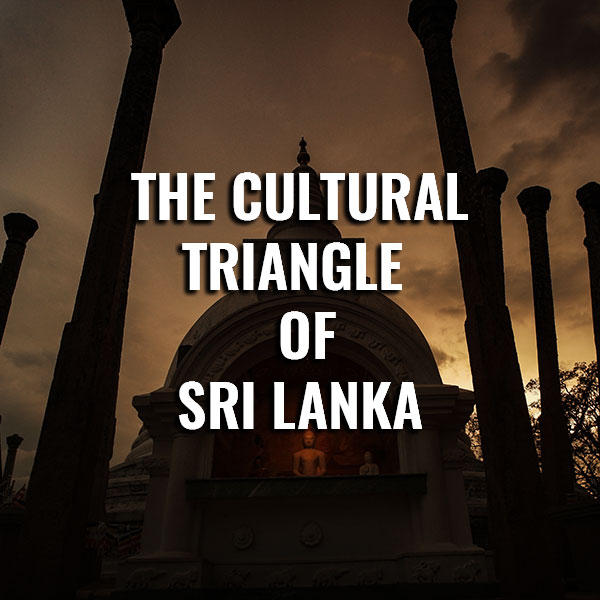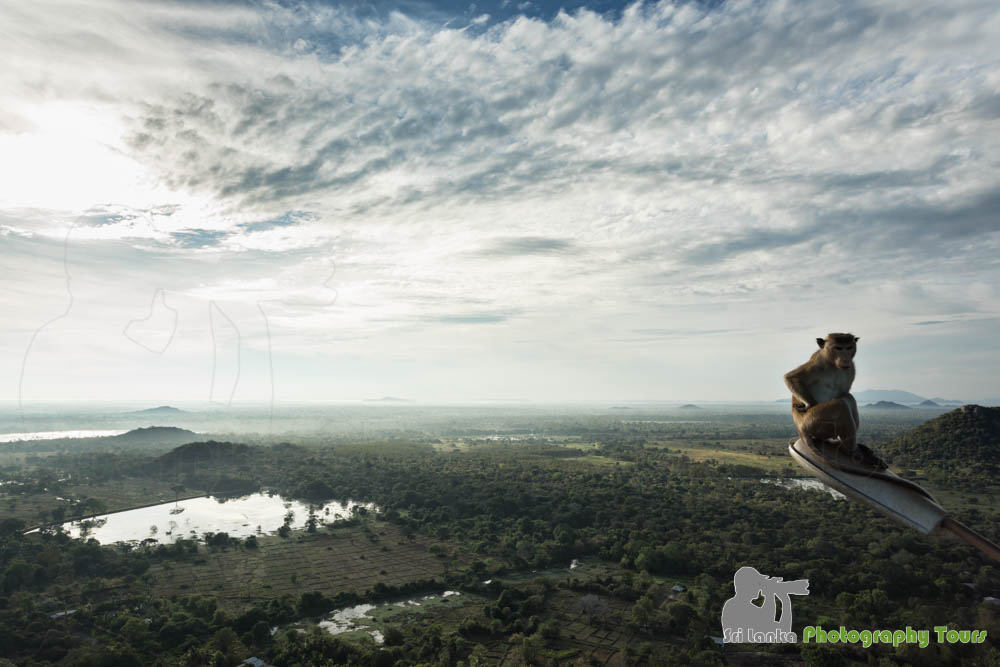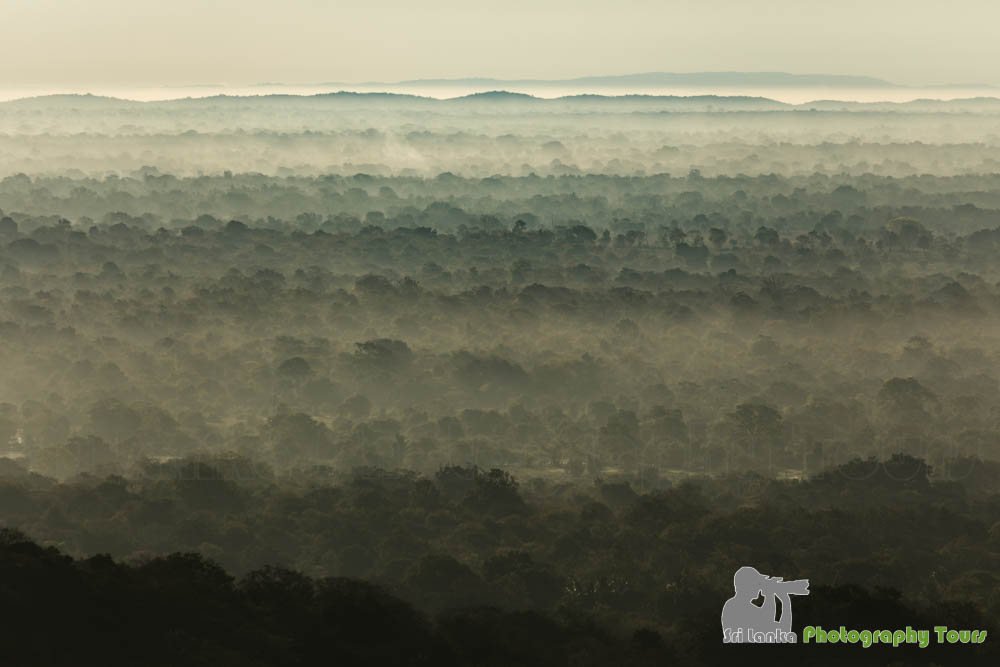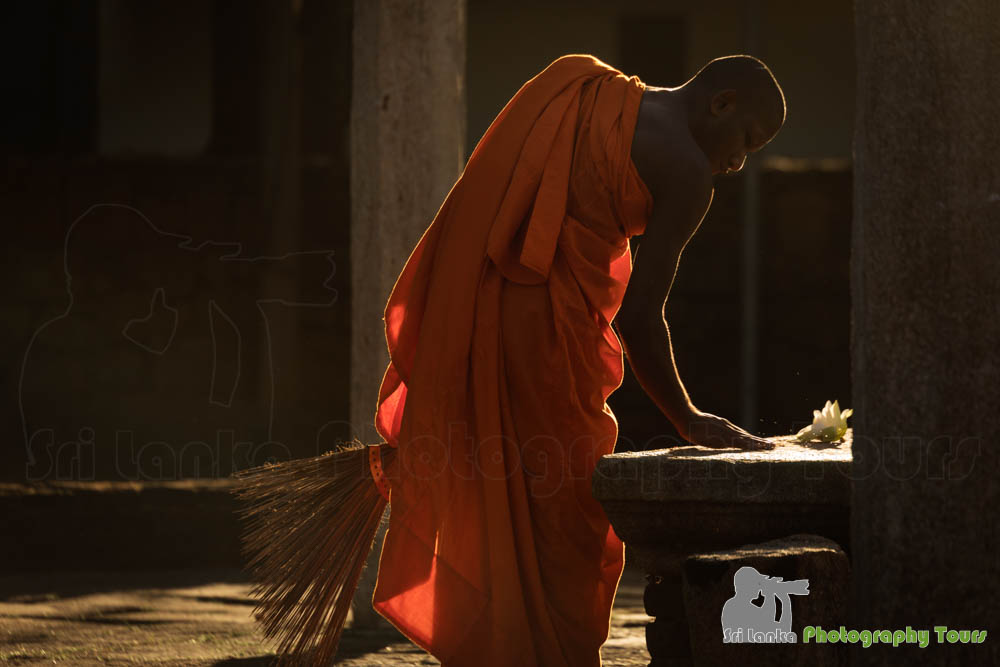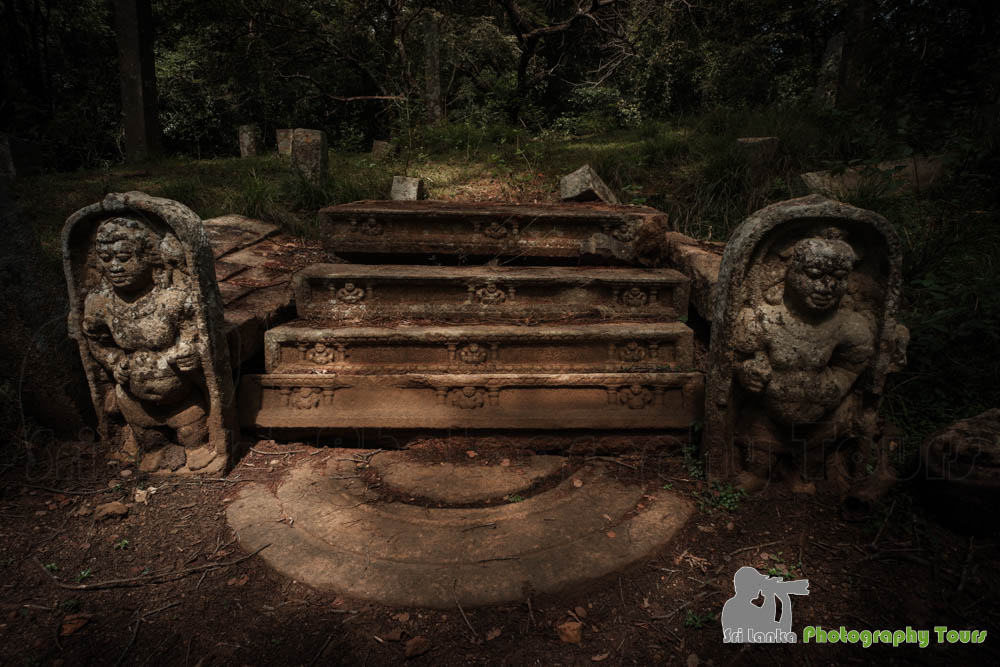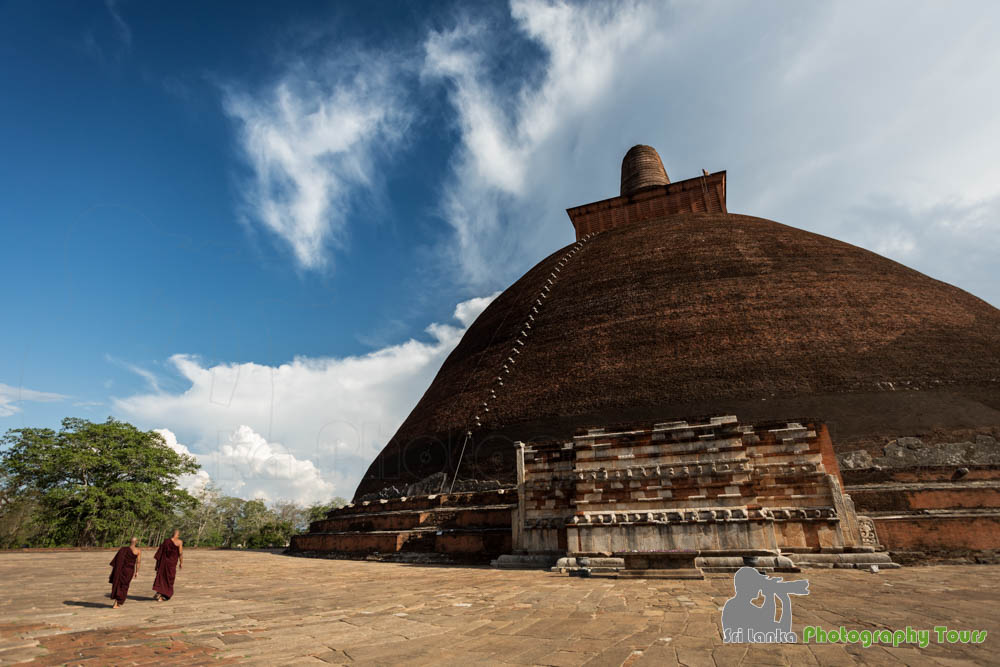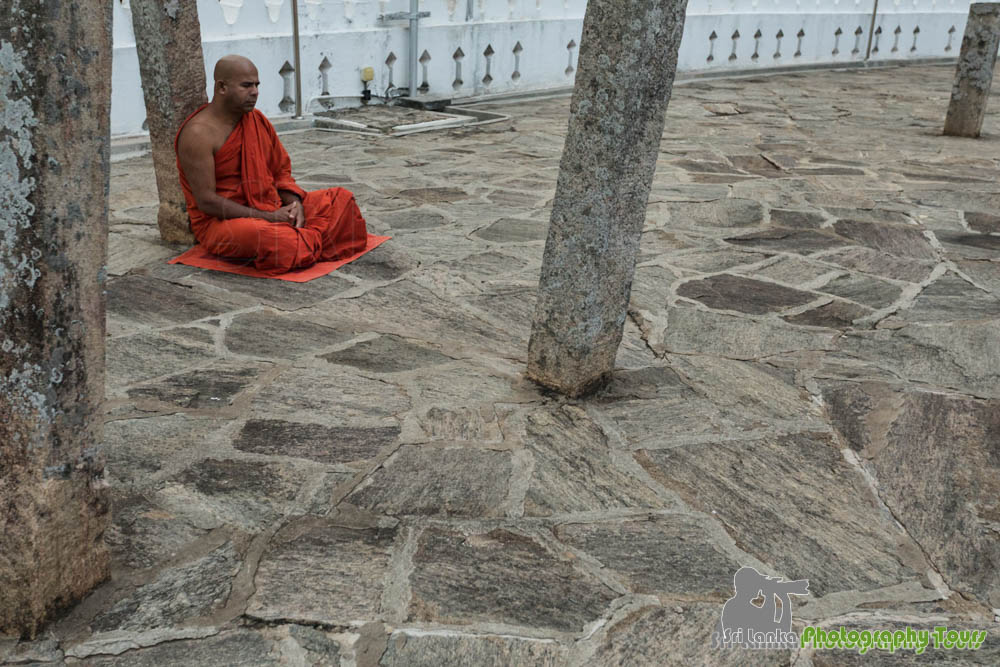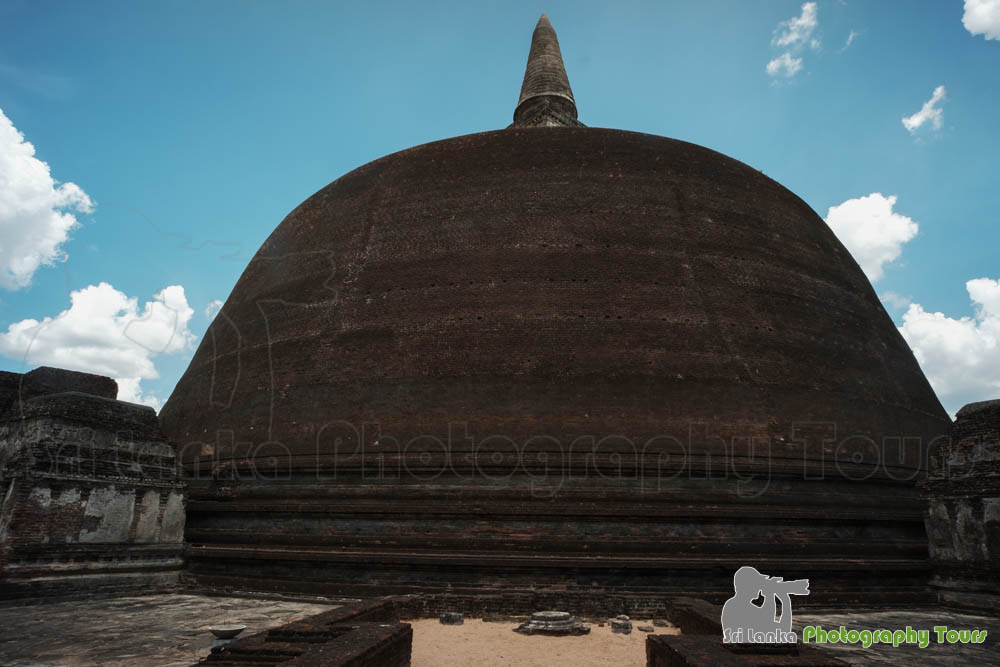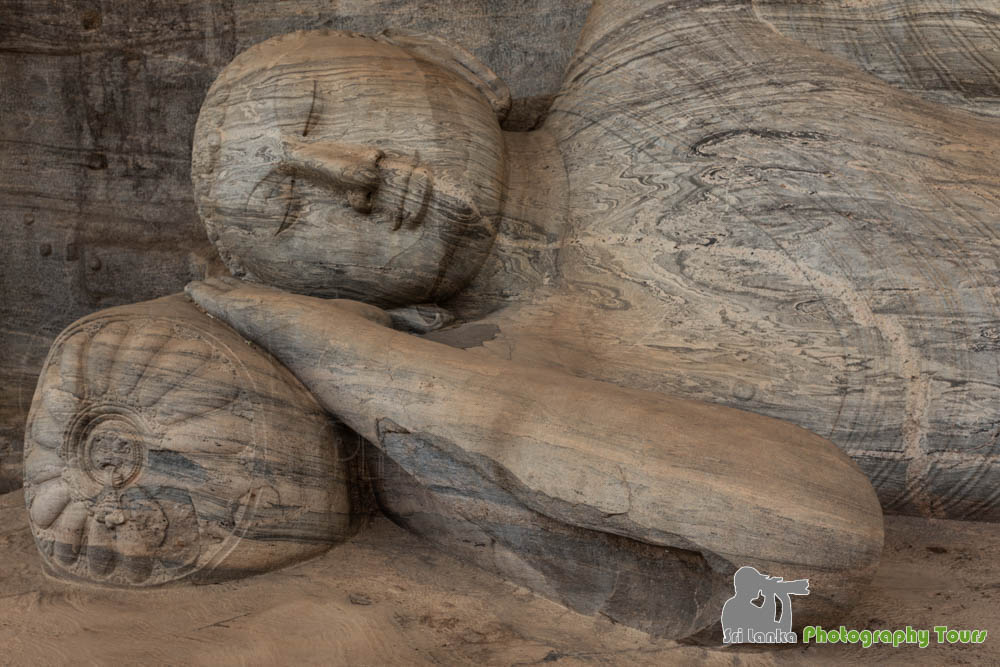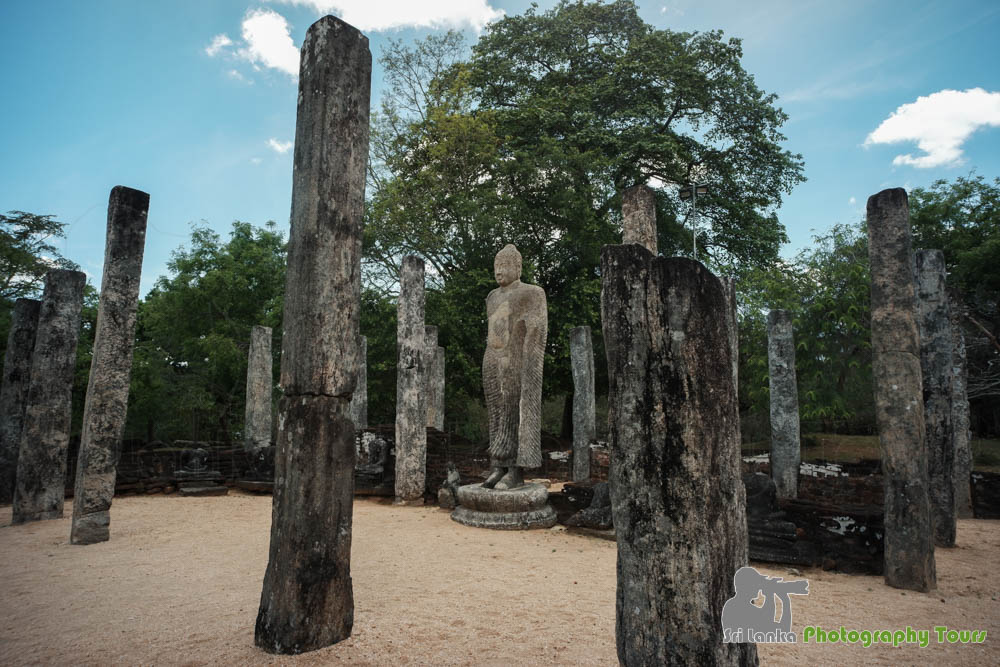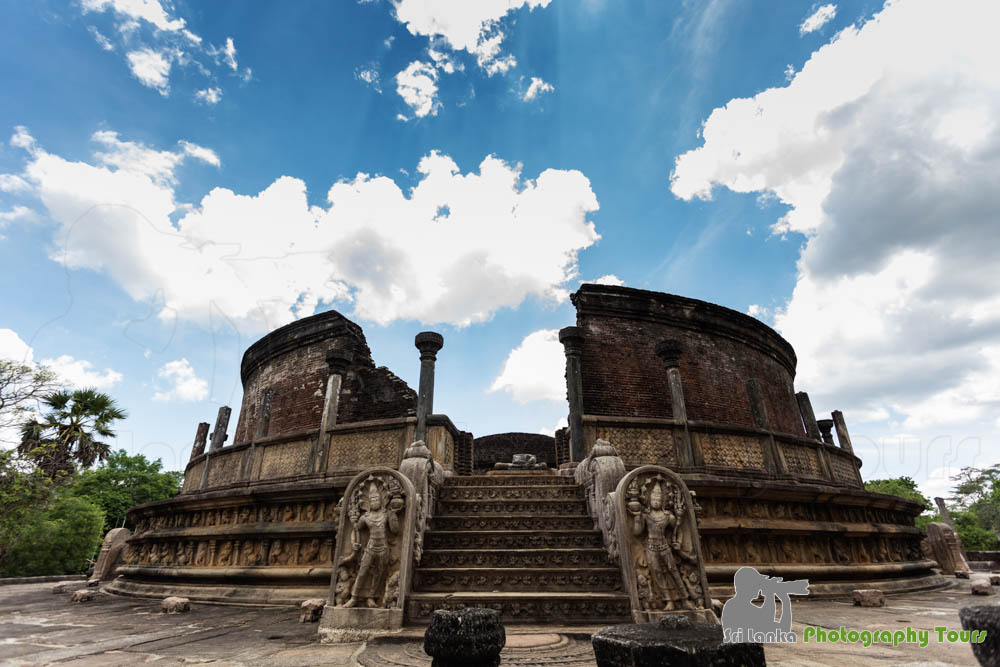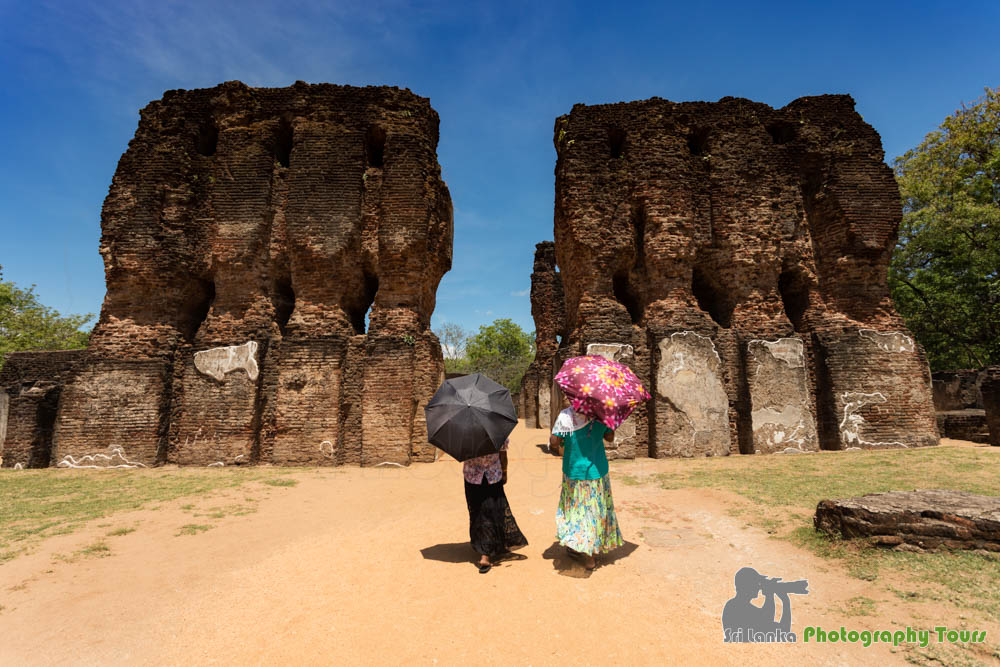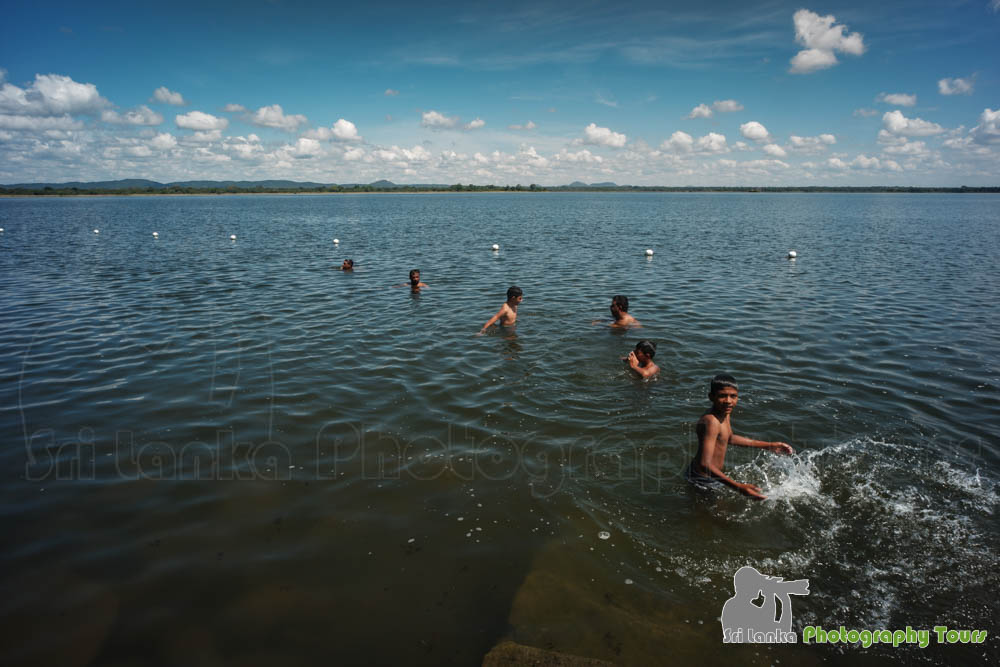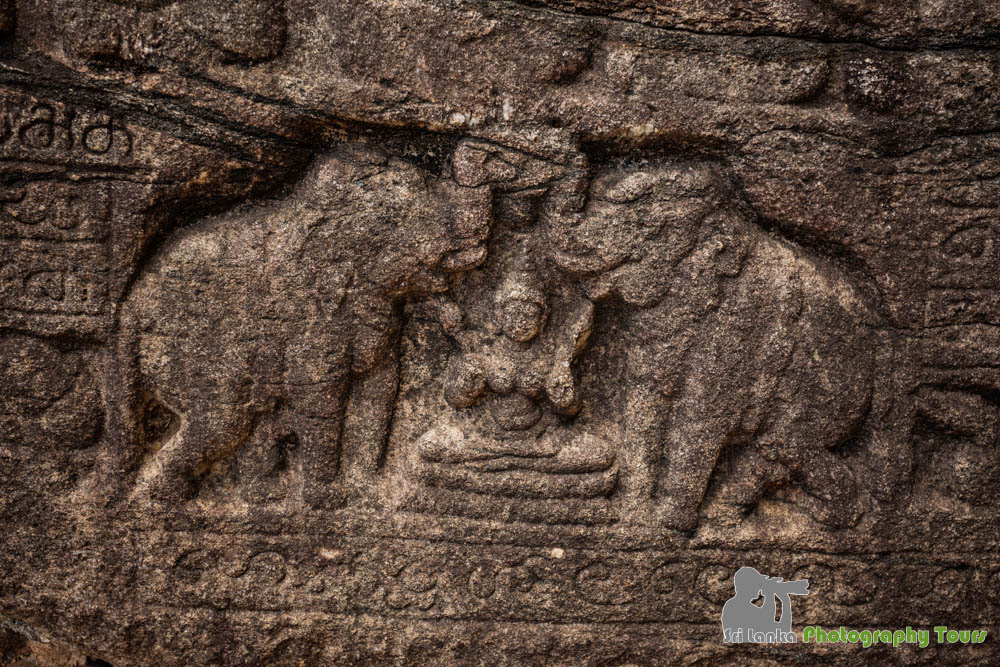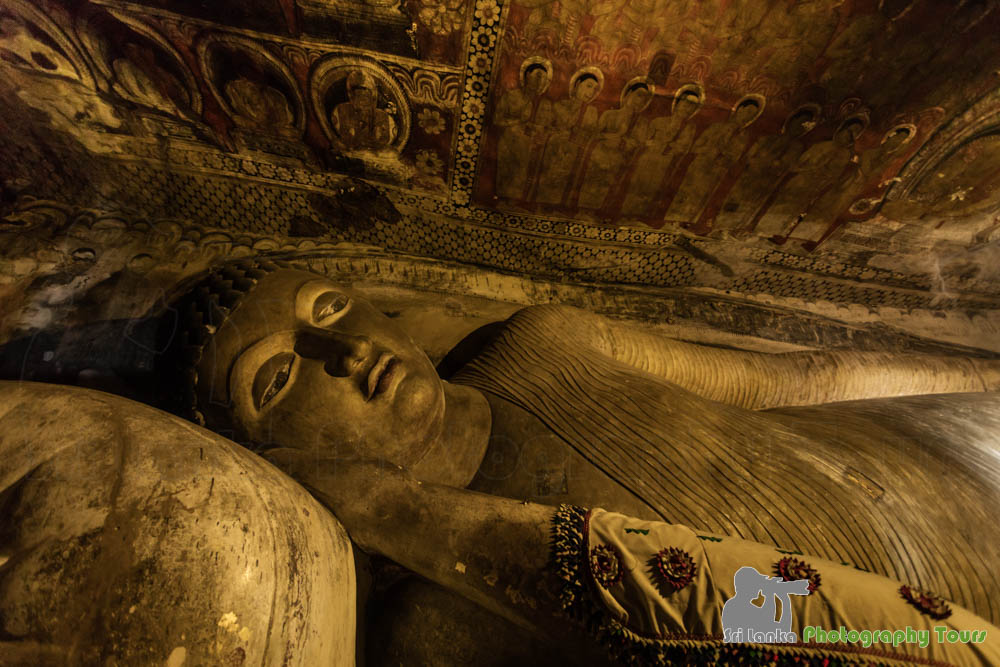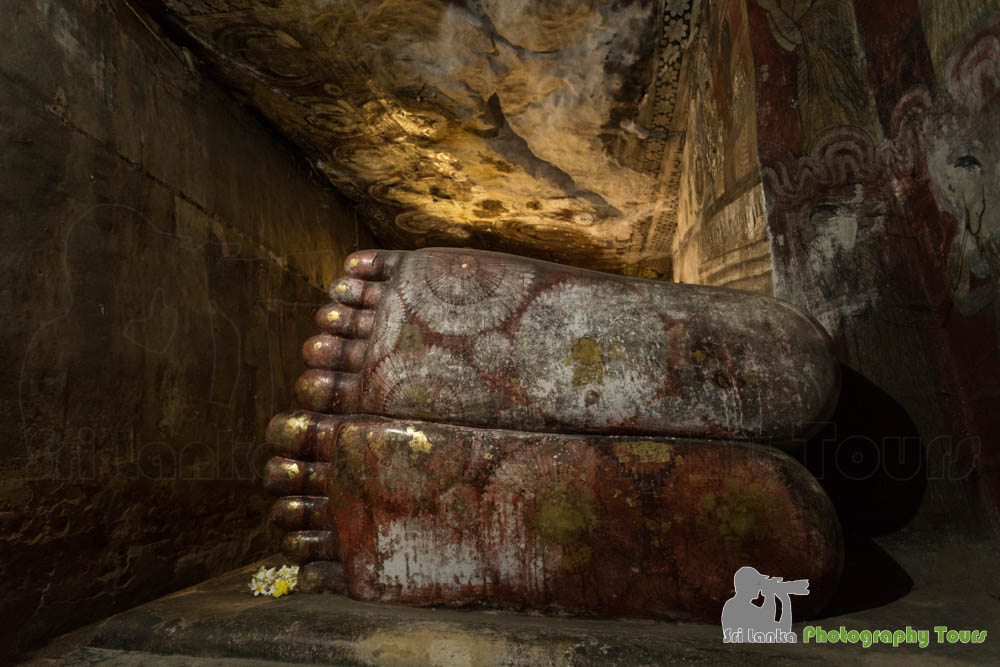Sri Lanka is a relatively small country and has a lot to offer to archaeological and history lovers with several beautiful and well maintained archaeological sites with 8 of them listed on the UNESCO World Heritage. The most important ones are situated in a zone called the cultural triangle or golden triangle formed by Anarudhapura, Polonnarowa and Kandy in the middle of the island . The other significant sites are Sigiriya, Minhatale and Dambulla cave.
MIHINTALE
Although not on the UNESCO list, Mihintale (also known as Cetiyagiri or Sagiri) is a very important archeological site and also one of the oldest in Sri Lanka. Mihintale is regarded to be the cradle of Buddhism in Sri Lanka where the monk Mahinda and King Devanampiyatissa Nuradhapura met. The rock called Aradhana Gala where Mahinda landed can be climbed and is an important pilgrimage site for Buddhist all over the world. The view from the top is breathtaking especially when the sun is down. It is accessed by a flight of rock-carved steps.
ANURADHAPURA
This archaeological site is situated in the town of Anuradhapura, 205 km away from the Capital of Colombo and spread on 41km2 (about 1/10 of Angkor Archaeological site).
In 377 BC, King Pandukabhaya (437–367 BC) moved the capital of the Sinhalese Kingdom to Anuradhapura and developed it into a prosperous city.
Anuradhapura was added to the UNESCO Word Heritage list in 1982. It was founded in 3 BC and once had the tallest structures in the ancient world with a dagoba (stupa). The stupa we see nowadays can be quite different from the original ones as many of them we restored or reconstructed. British explorers found the lost city in the 19 century and many dagobas had fallen to the natural elements, as nature reclaimed is territory.
What is more fascinating about Anuradhapura and its extensive hydraulic system taking into account that the city was built more than 1000 years before Angkor. Some structures like the massive Jetavanaramaya dagoba which spreads on 5.6 hectares was the highest structure of the ancient word at 122 meters (it was scaled back to 70 meters afterwards).
POLONNARUWA
Pollonnaruwa became the royal city of Ceylon Kingdom after the demise of Anuradhapura and was home of the Sinhalese kings between 1056 AD and 1236 AD. Buddhism was very strong in the Kingdom but it is still possible today to find few of Hindu temples from the earlier period.
Like Anudahapuura, Polonnaruwa had an extensive hydraulic system which survived to this day. Parakrama Samudraya (Sea of Parakrama) is the largest man-made water reservoir in the country built by King Parakramabahu. It spreads over 2500 hectares and hence even bigger the largest reservoir of West Baray in Angkor which is 1760 hectares.
Gal Viharaya in Polonnaruwa
Elephants carvings in Polonnaruwa
DAMBULLA CAVE TEMPLE
Dambulla cave temple, also known as Rangiri Dambulla or Golden temple of Dambulla is the largest temple cave complex in Sri Lanka , originating from 3BC . Like other cave temples in Sri Lanka, these shires were occupied by hermits monks in the ancient times.
At 160 meters high, 5 caves (shrines ) close to each other, are famous for their 157 status of Lord Buddha images and wall paintings which are covering an area of 2,100 square meters. It is an active religious site and can become quite crowded especially in the smaller caves. Adding the low light to this, it is quite challenging place to take pictures.
Reclining Buddha in Dev-Raja-viharaya cave
Feet of the reclining Buddha in Dev-Raja-viharaya cave
- Meak Bochea: Celebrating Buddha’s Final Teaching in Siem Reap Cambodia - February 14, 2025
- Angkor Wat Marathon - June 22, 2024
- Timelapse calculator - June 22, 2024
